Find a book

A Book a Month
We can send a book a month for six or twelve months - the perfect gift. More »

Café Music
Listen to our album of Café Music while browsing the site. More »

A parallel in pictures to the world of Persephone Books.
To subscribe, enter your email address below and click 'Subscribe'.
27 February 2018
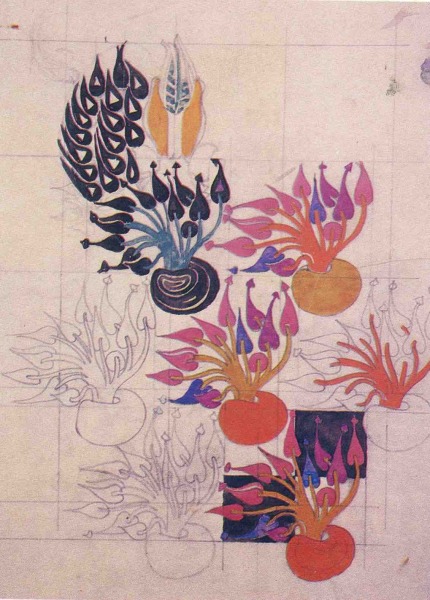
Flowering Bulb was done on tracing paper. Bulbs and corms were a favourite motifs in Mackintosh’s watercolours, here he formalised even further the shape of the bulb to produce a decorative pattern. Like the other designs, this is reproduced in Mackintosh Textile Designs by Roger Billcliffe.
26 February 2018
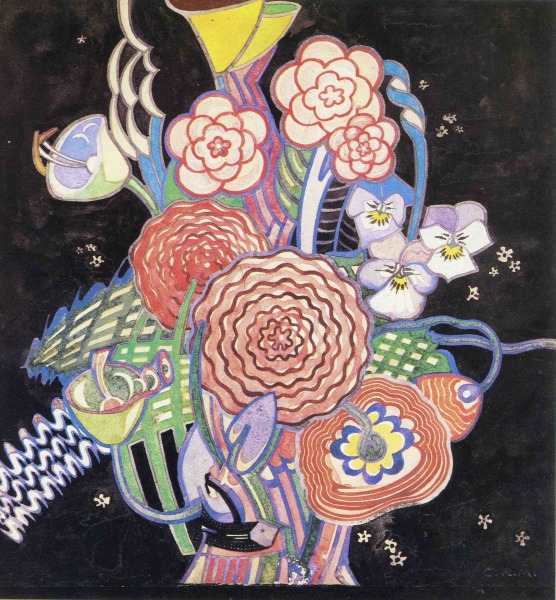
One of the endpapers for the books we publish next month is by Charles Rennie Mackintosh. So it seemed the right moment to celebrate his incredible but rarely seen textile designs – and then reveal the one we are using. This is a watercolour called Basket of Flowers, like all of them it’s undated but is thought to have been designed around 1916-18 and, like several other designs, is based on fairly free watercolours of bouquets of cut flowers.
23 February 2018
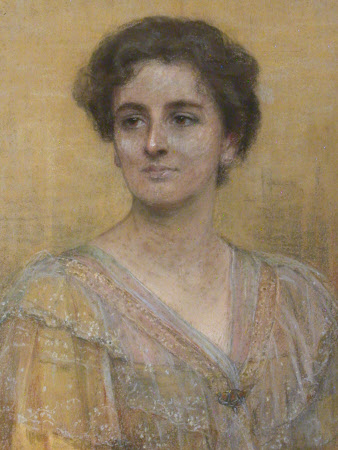
Finally, Eleanor Acland who lived at Killerton. Her dress is the star of a new exhibition there about suffragettes and their clothes. A novelist and a passionate suffragette, ‘in 1912 she organised local Women’s Liberal Associations to pass resolutions in support of the 1912 Conciliation Bill. In 1913 she founded the Liberal Women’s Suffrage Union and eventually she stood (unsuccessfully) for parliament.’ Alas, Eleanor’s aunt was anti-suffrage, details here on the National Trust site, and the family was bitterly divided.
22 February 2018
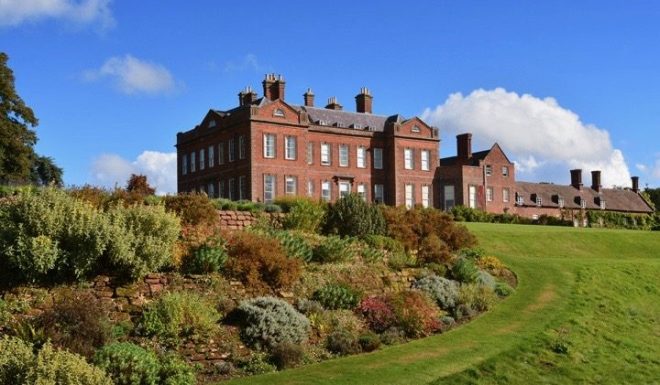
‘There is little recorded in history books about working-class women like Violet Ann Bland, the kitchen maid who toiled below stairs at Dudmaston Hall. She was a passionate suffragette, joined the WSPU and was arrested for her part in the Black Friday demonstration in 1910 and for window breaking in 1912, when she was force-fed. Working-class women were treated [even more] brutally for their activism and did not gain voting rights until 1928.’
21 February 2018
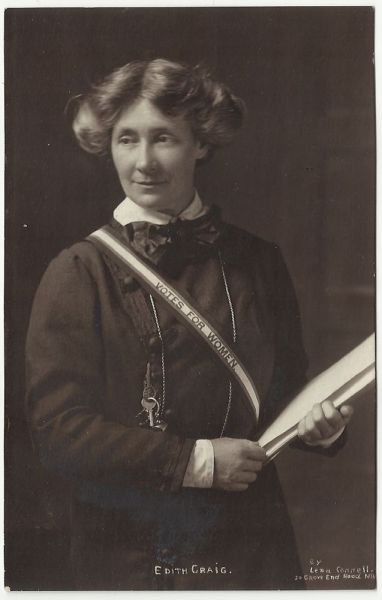
‘In 1899, Edith Craig’s mother Ellen Terry purchased an old farm at Smallhythe, now known as Smallhythe Place, which included three houses. She invited Edith to live in Priest’s House, about 100 yards up the hill from Smallhythe Place. Edith shared the house with two female friends; they were all active in the suffrage movement and their home at Priest’s House seems to have been a haven for many other activists. The trio were part of a literary community that included Virginia Woolf, Vita Sackville-West, and Radclyffe Hall. Edith Craig was determined to create a lasting memorial to her mother. After her death in 1928, she transformed Smallhythe into a memorial museum, converted the barn into a theatre and organised an annual memorial performance in the theatre.’
20 February 2018
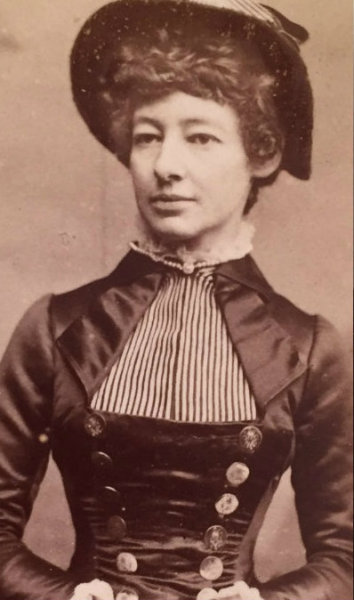
Laura McLaren was brought up at Bodnant and inherited the garden and estate in 1895. ‘A force of nature, she was not just an acclaimed gardener at Bodnant but a formidable businesswoman, political campaigner and pivotal character in the fight for Women’s Suffrage. She was almost certainly inspired into activism by her mother, Agnes, an early campaigner. Agnes was one of the key speakers at the 1868 meeting of the Manchester National Society for Women’s Suffrage, a starting point for the campaign for women’s suffrage in Britain. Laura, then a teenager, was in the audience. Mother and daughter both campaigned for women’s rights and suffrage, as did Laura’s mother-in-law, Priscilla Bright McLaren. Laura passed on the baton to her two suffragist daughters Florence and Elsie.’
19 February 2018
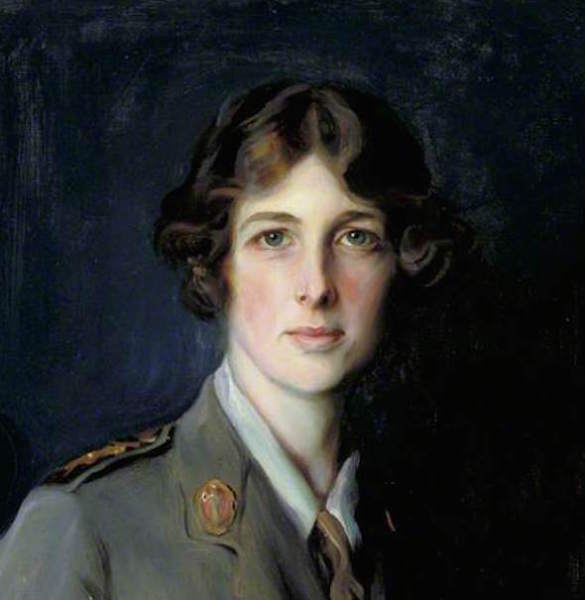
There is a feature in the current National Trust magazine about people associated both with the Trust and with the Suffragettes. First of all: Edith Vane-Tempest-Stewart who lived at Mount Stewart, County Down as the Marchioness of Londonderry, an aristocratic wife and mother. But she was also Colonel-in-Chief of the Women’s Volunteer Reserve in the First World War, and in 1915 formed the Women’s Legion which provided female cooks for the military, ambulance drivers, mechanics etc. She campaigned for suffrage but only for ‘duly qualified’ women (in heaven’s name, what was the impetus for women to become ‘duly qualified’ if they couldn’t vote?). The portrait (which is in fact much larger, showing the entire jacket) was painted by Philip de László in 1918, it’s at the Imperial War Museum and here taken from ArtUK.
